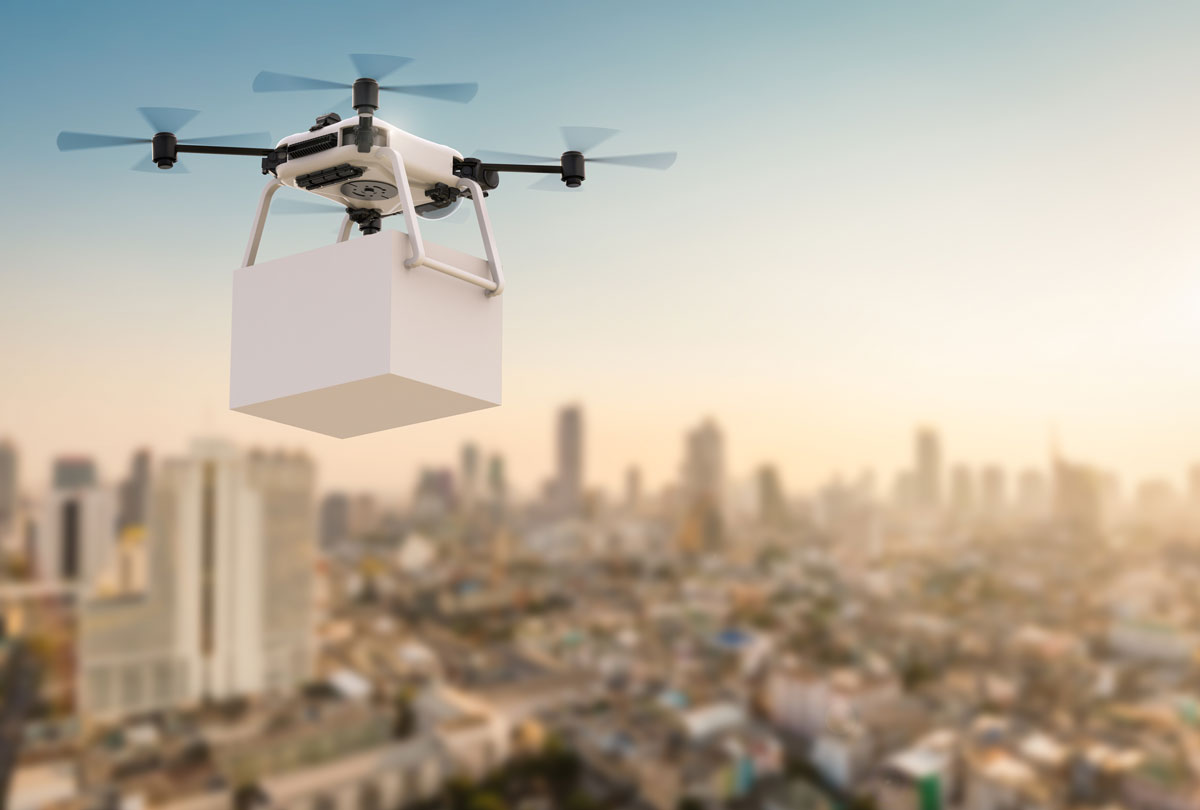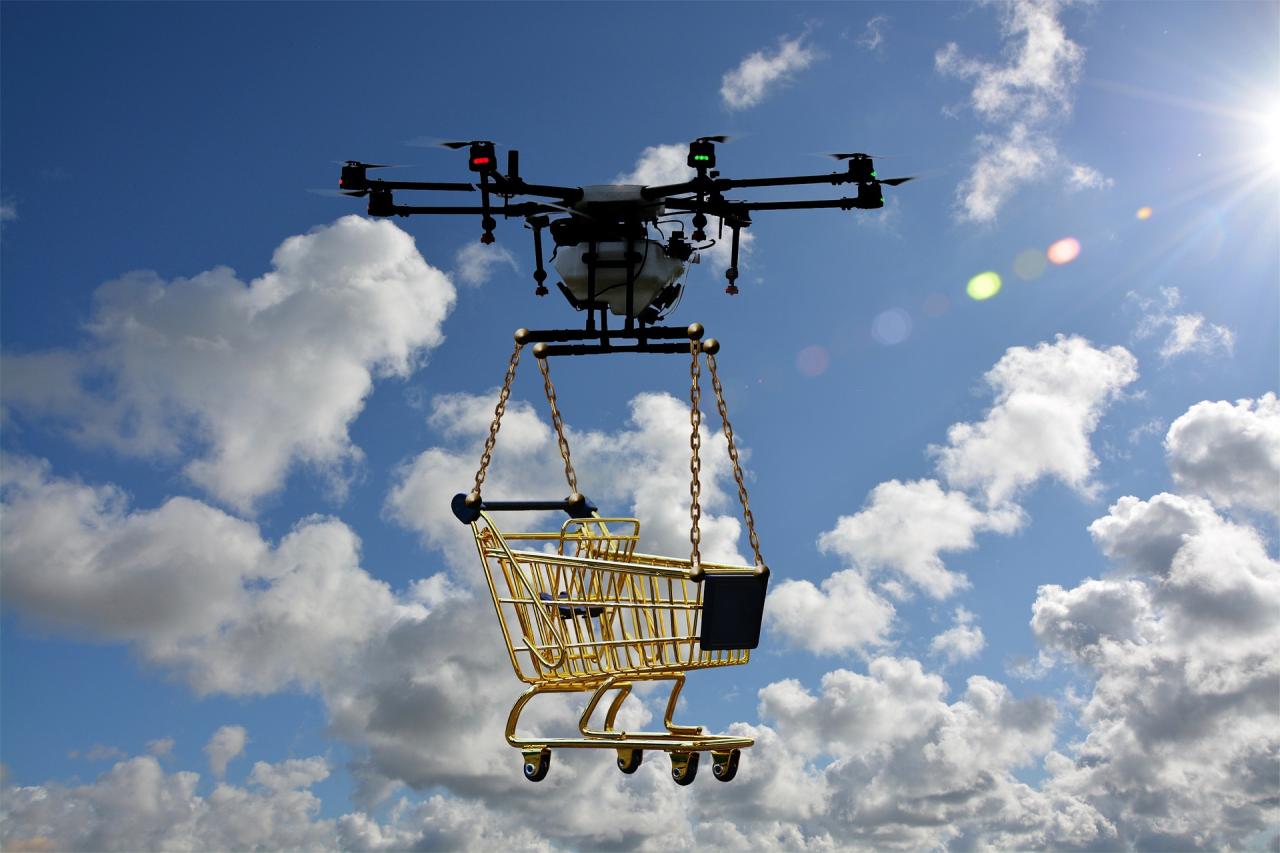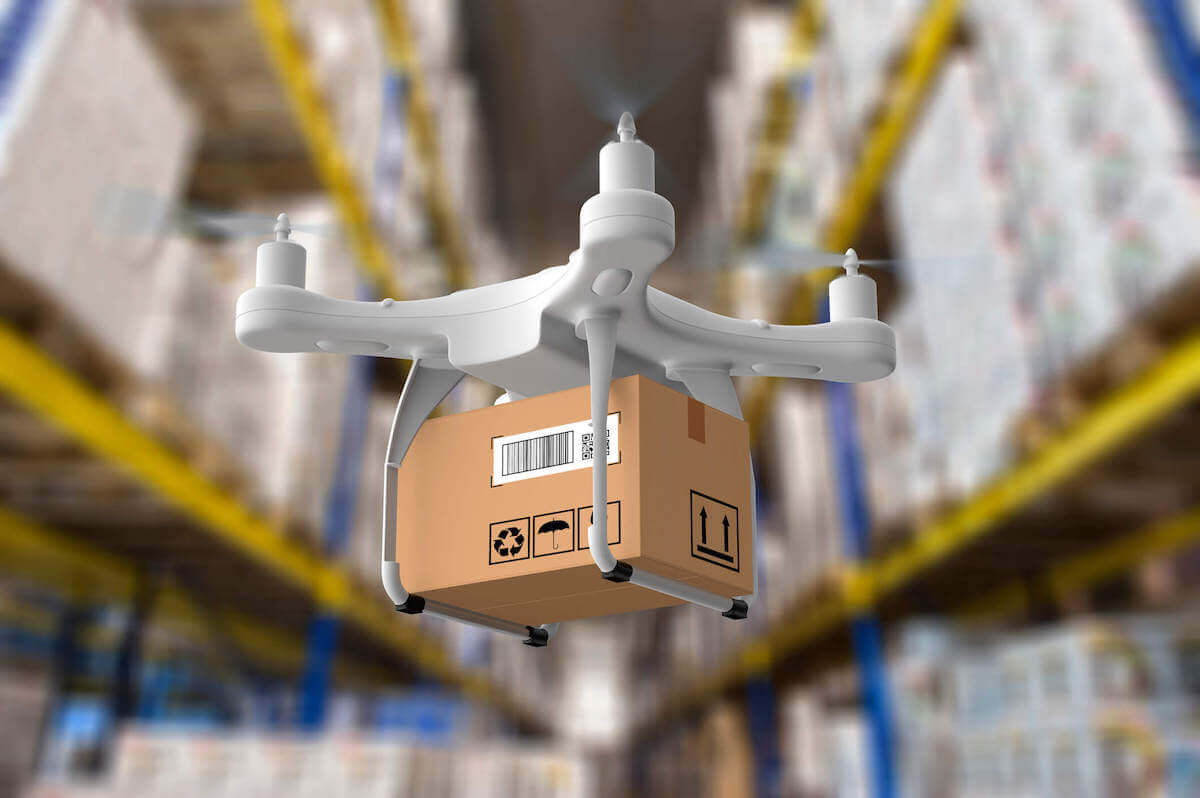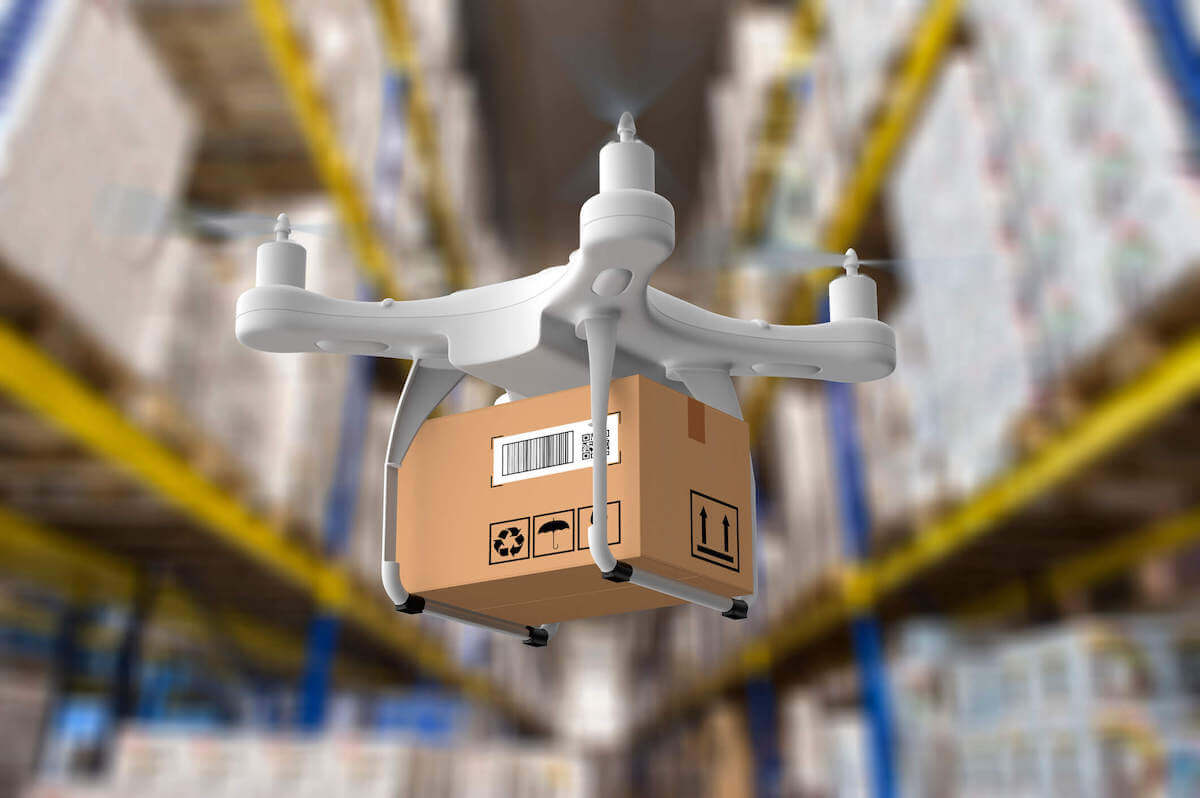Remington drone loads represent a significant advancement in unmanned aerial vehicle (UAV) technology, impacting various sectors. This guide delves into the capabilities of Remington drones, exploring their payload capacities, operational procedures, and diverse applications across industries. We’ll examine the technological innovations behind payload stabilization and securement, while also addressing the crucial aspects of regulatory compliance and safety.
From understanding the different Remington drone models and their respective weight limits to mastering safe loading procedures and navigating legal considerations, this resource aims to provide a complete understanding of this rapidly evolving field. We will also compare Remington drones to competitors, highlighting their strengths and weaknesses in various payload delivery scenarios.
Remington Drone Models and Payload Capacity
This section details the various Remington drone models, their payload capacities, and a comparison with competitor models. The types of payloads each model is designed to carry are also Artikeld.
Remington Drone Model Specifications
The following table provides a summary of different Remington drone models, their weight capacities, and dimensions. Note that these specifications are subject to change based on model updates and configurations.
| Model Name | Weight Capacity (kg) | Dimensions (L x W x H cm) |
|---|---|---|
| Remington X1 | 5 | 50 x 50 x 20 |
| Remington X2 | 10 | 70 x 70 x 30 |
| Remington X3 | 20 | 100 x 100 x 40 |
Payload Capacity Comparison
A comparison of Remington drone payload capacities against leading competitors in the market is presented below. This comparison highlights the relative strengths and weaknesses of Remington drones in terms of payload handling.
| Drone Model | Manufacturer | Payload Capacity (kg) |
|---|---|---|
| Remington X3 | Remington | 20 |
| Competitor A | Company A | 15 |
| Competitor B | Company B | 25 |
Payload Types for Each Remington Drone Model
Each Remington drone model is designed to accommodate specific payload types, optimizing performance and safety. The following list details the common payloads for each model.
- Remington X1: High-resolution cameras, small sensors, lightweight delivery packages.
- Remington X2: Larger cameras, advanced sensors (e.g., thermal imaging), medium-sized delivery packages.
- Remington X3: Heavy-duty cameras, multiple sensors, large delivery packages, specialized equipment.
Remington Drone Loading Procedures and Safety
Safe payload loading and unloading are crucial for successful and risk-free drone operations. This section Artikels the step-by-step procedure, potential hazards, and a pre-flight checklist.
Safe Payload Loading Procedure
The following steps ensure the safe loading of payloads onto Remington drones. Always refer to the specific instructions provided with your drone model.
- Visually inspect the payload and drone for any damage.
- Securely attach the payload to the designated mounting points on the drone.
- Verify the payload’s weight is within the drone’s capacity.
- Conduct a pre-flight check of all connections and securing mechanisms.
- Balance the payload to ensure stable flight.
Potential Safety Hazards

Several potential hazards are associated with loading and unloading payloads. Adherence to safety procedures mitigates these risks.
- Improper payload attachment leading to loss or damage.
- Exceeding the drone’s weight limit, resulting in instability or crashes.
- Damage to the payload or drone during loading/unloading.
- Injury to personnel due to moving parts or dropped payloads.
Pre-Flight Payload Inspection Checklist
A comprehensive pre-flight checklist ensures the payload is correctly secured and the drone is ready for safe operation.
| Item | Checked |
|---|---|
| Payload securely attached | ☐ |
| Weight within drone capacity | ☐ |
| All connections secure | ☐ |
| Payload balanced | ☐ |
Applications of Remington Drone Loads

Remington drones, with their versatile payload capacities, find applications across various industries. This section explores examples of their use in different sectors and analyzes the advantages and disadvantages.
Understanding payload capacity is crucial when considering drone applications. The specifics of remington drone loads, such as weight limits and operational considerations, are vital for successful deployments. For detailed information on the capabilities and limitations of various Remington drone models, please refer to the comprehensive specifications available at remington drone loads. This resource provides valuable insights into optimizing your Remington drone’s payload for diverse missions.
Industry Applications of Remington Drones
The table below illustrates the diverse applications of Remington drones across various industries, highlighting the payload types utilized in each case.
| Industry | Payload Type | Application Example |
|---|---|---|
| Agriculture | Multispectral camera | Crop health monitoring |
| Construction | High-resolution camera | Site surveying and progress monitoring |
| Delivery | Delivery package | Delivering small packages to remote areas |
Advantages and Disadvantages of Remington Drone Payload Delivery
Using Remington drones for payload delivery offers distinct advantages and disadvantages depending on the scenario.
Advantages:
- Increased efficiency and speed of delivery.
- Access to difficult-to-reach areas.
- Reduced labor costs.
Disadvantages:
- Limited payload capacity compared to other transport methods.
- Weather dependency.
- Regulatory restrictions.
Detailed Application: Precision Agriculture with Multispectral Imaging
One specific application involves using a Remington X2 drone equipped with a multispectral camera for precision agriculture. This allows farmers to monitor crop health, identify areas needing attention (e.g., disease, nutrient deficiency), and optimize resource allocation (fertilizer, water). The benefits include improved crop yields and reduced resource waste. However, challenges include data processing, weather conditions affecting image quality, and the need for skilled operators.
Technological Aspects of Remington Drone Payload Systems
This section delves into the technology behind Remington drone payload systems, including stabilization mechanisms, release mechanisms, and internal components.
Remington drone loads, while varying in specifics depending on the model, often involve considerations of weight and balance. Understanding payload capacity is crucial for safe and efficient operation, a factor also critical when comparing them to other drones, such as the shahed drone , which has its own unique design constraints. Returning to Remington drones, careful load planning ensures optimal performance and extends the operational lifespan of the equipment.
Payload Stabilization and Securement
Remington drones employ advanced technologies for payload stabilization and securement during flight. These include sophisticated gyroscopic systems, dampeners, and robust mounting mechanisms to ensure the payload remains stable and secure even in turbulent conditions. The system continuously monitors and adjusts for any imbalances, ensuring the safety of both the payload and the drone itself.
Payload Release Mechanisms
Different Remington drone models utilize various payload release mechanisms, each designed for specific applications and payload types.
| Model | Release Mechanism |
|---|---|
| Remington X1 | Manual release |
| Remington X2 | Electric release |
| Remington X3 | Programmable release |
Internal Payload Handling Components
A simplified diagram of the internal components involved in payload handling within a Remington drone is shown below (Note: This is a textual description, not an actual diagram). The payload is secured to a mounting plate within the drone’s chassis. This plate is connected to a series of dampeners to absorb vibrations. Sensors monitor the payload’s position and weight, feeding data to the drone’s flight controller.
The release mechanism is integrated with the mounting plate, allowing for controlled payload deployment. The entire system is designed to minimize stress on the payload and ensure safe operation.
Regulatory Compliance and Legal Considerations

Operating Remington drones with various payloads necessitates compliance with relevant regulations and legal frameworks. This section Artikels these considerations and the necessary permits and licenses.
Relevant Regulations and Legal Considerations
Several regulations govern the operation of drones, particularly those carrying payloads. Adherence to these regulations is crucial to avoid legal penalties and ensure safe operation.
- Registration of the drone with the relevant aviation authority.
- Obtaining necessary permits for commercial drone operations.
- Compliance with airspace restrictions and no-fly zones.
- Adherence to safety guidelines and operating procedures.
- Insurance requirements for drone operations.
Permits and Licenses
The specific permits and licenses required for operating Remington drones with different payloads vary depending on location and payload type. The table below provides a general overview; specific requirements should be verified with local authorities.
| Location | Payload Type | Required Permits/Licenses |
|---|---|---|
| Country A | Camera | Drone operator license, flight permit |
| Country B | Delivery package | Commercial drone operator license, payload transport permit |
Safety Protocols and Procedures, Remington drone loads
Stringent safety protocols and procedures are essential for compliant operation of Remington drones with payloads. These include regular maintenance checks, pre-flight inspections, adherence to weather restrictions, and emergency response plans.
Ultimately, the effective utilization of Remington drone loads hinges on a comprehensive understanding of their capabilities, limitations, and the regulatory landscape. By carefully considering payload capacity, adhering to stringent safety protocols, and navigating legal requirements, operators can harness the transformative potential of these drones across a range of industries. This guide serves as a foundational resource for anyone seeking to leverage the power and precision of Remington drone technology.
Helpful Answers: Remington Drone Loads
What types of sensors can Remington drones carry?
Remington drones can carry a variety of sensors depending on the model, including thermal cameras, high-resolution cameras, LiDAR, and multispectral sensors.
What is the maximum flight time for a Remington drone with a typical payload?
Flight time varies greatly depending on the specific drone model, payload weight, and environmental conditions. Consult the specifications for each model.
Are there any limitations on the types of materials that can be transported as payloads?
Yes, regulations regarding hazardous materials apply. Certain substances are prohibited for transport via drone, and specific packaging requirements must be met.
How often should the payload release mechanism be inspected?
Regular inspection is crucial; a pre-flight checklist should always be completed, and more thorough inspections should be conducted at recommended intervals Artikeld in the drone’s maintenance manual.
